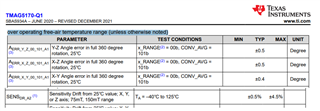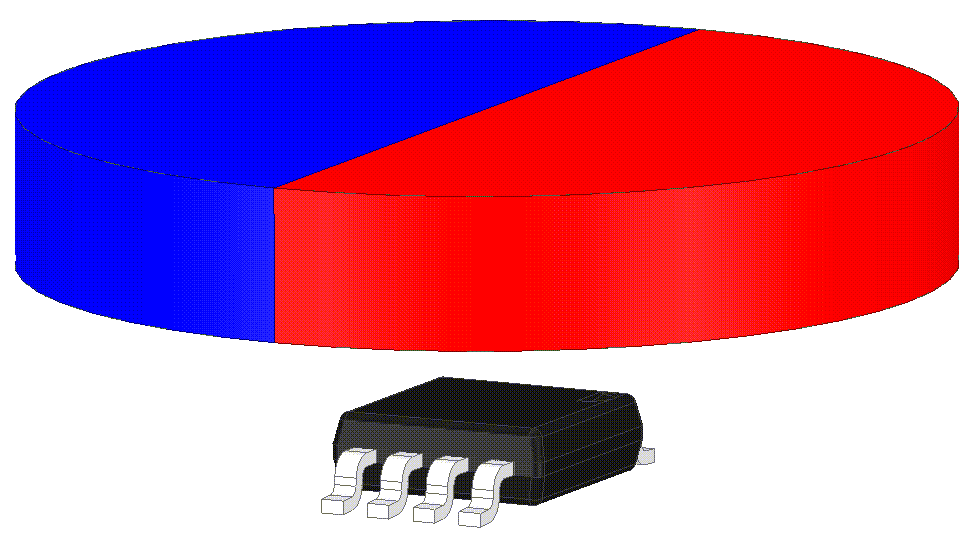Other Parts Discussed in Thread: TMAG5173-Q1, TMAG6180-Q1
Hello TI expert,
I saw TI also have Hall sensor with automotive grade , does Ti has Hall sensor angle detection less than ±0.5° in full temperature range?
Basic requirement:
my product need flip left and right ± 25° from Z axis, the angle detection accuracy must be less than ±0.5° in full
temperature range and life time.
As I saw the TMAG5170-Q1 can't meet my requirements, so Can you recommend a suitable angle hall sensor to me ?

Thanks!


